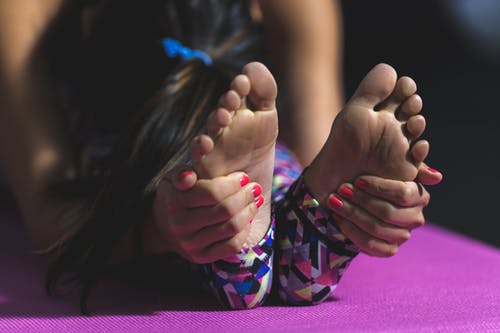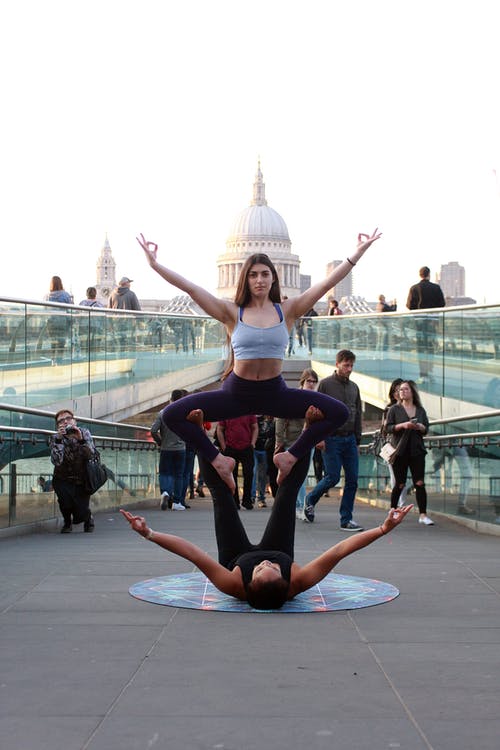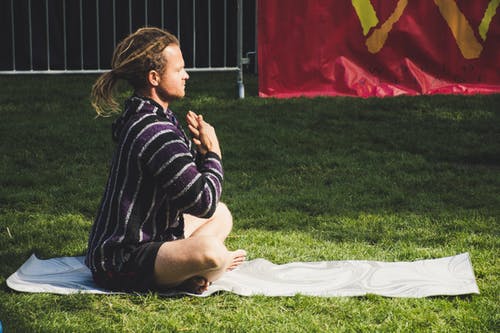Article by: Manmohan Singh
Yoga is a practice like all other physical exercises help stretching the muscles while creating a safe space in the joints. Many yoga practitioners skip the most integral part of the yoga workout that is warm up. It cannot be emphasized enough about the importance of warm up before an exercise because it prepares your body to be able to withstand more challenging postures and prevent injury.
Before starting an exercise, your body may not be warm enough and might have stiffness. Warm up before asana practice helps to heat up the body from the inside and increases blood circulation. It helps to gently loosen the muscles and joints which makes your body free from stiffness which prevents injury. You need to invest time in preparing your body for increased level of yoga, so that it keeps everything running smoothly.
It is one of the most essential topics taught in yoga teacher training. You can spend your holidays in the beautiful environment and have an unforgettable experience while learning Yoga teacher training in Goa.
In the following points, you will come to know about more roles that warm up play before yoga practice:
- Increases blood flow to muscles and cardio system
Nutrients are delivered to the muscles in your body through blood circulation. The requirements of nutrients of a body in action are more to be able to produce energy. Stimulation of blood circulation improves this function. Also, your heart works harder during exercise. A proper warm-up before a rigorous exercise reduces the chance for a cardiac issue by improving the flexibility of muscles as your body slowly goes through a warm-up.
- Raises body temperature
When you prepare your body with a warm up before an exercise, injuries to connective tissue and muscles are reduced. The intention of a warm is to raise the body temperature and prepare a person for the next level of exercises. Research suggests that the ideal duration of the warm up before moving on to functional activities should be between 15 and 20 minutes.

A warm up helps in increasing your body temperature from 2 to 3 degrees that can last for approximately 45 minutes. This rise in temperature is beneficial for changes in body tissues. The heat produced in the body allows muscles and tendons to become more extensible which decreases the incidence of muscle strains.
- Promotes sweating
Your body sweats even when you are sleeping. This is a natural process that helps in keeping your whole body moving at the cellular level. Sweating reduces heat that is stored in the tissues, and helps to cool down the body which acts like a natural air conditioner.
- Stimulation of blood circulation
Warm up plays the most important function in the body which is the stimulation of blood circulation throughout the body. Starting with muscular contraction, the heart rate rises, thereby increasing circulation.
This brings oxygen and other fuels to the muscle cells, enabling the cells to continue contracting. After the burning of fuels in the cells, about 25% of the energy released is used for muscle contraction and the other 75% of the energy is released as heat.
Warming up also gives time to the blood vessels in the muscles to dilate, thus increasing the blood flow, which makes a greater supply of oxygen available to the muscles for challenging exercise. When the oxygen supply for the exercise is not in proper amount, the muscles cannot perform at their optimal level which can lead to diminished muscle strength and endurance, increasing the risk of injury and muscle soreness.
- Breathing
Breathing is a vital part in the warm-up process. The muscle contraction and release during deep and conscious breathing stimulates circulation which makes fresh oxygen available to all the muscles in the body. Relaxed and deep breathing helps in calming the mind and reduces muscular tension which keeps stress at bay. Muscles are able to perform in a more efficient way when we do diaphragmatically breathing without excess tension. Therefore, one of the best ways to start a warm up is with pranayamas.
- Concentration
The process of warm-up also helps to focus attention and improve concentration. Warm-up is a good time to focus and address your physical and/or mental tensions. Doing warm-up before yoga prepares the body, mind and the intuitive self while coordinating them in order to get the maximum benefit from yoga practice.

- Importance of pauses
Warming up stimulates the body by carrying fresh oxygen supply to the muscles through the blood. As you move into challenging asanas, even more oxygen is needed, so your breath and heart rate increase naturally. When your muscles are required to perform beyond their normal capacity, the metabolic process that takes place during this process puts a “debt” of oxygen on the muscles.
When the muscles rest after the process ends, the “debt” of oxygen is paid off as more oxygen is delivered which helps in preventing soreness in muscle. When we pause and rest after an asana until the breath comes to a normal rate, oxygen can then reach the muscles, which help to increase muscle activity in the next asana and helps prevent muscle soreness. This is a time to bring the energy deeper into your spine and to experience the energy benefits of the asana. However, remember that you should not rest for too long, otherwise the effects of warming up and concentration could be lost.
Author Bio : Manmohan Singh is a passionate Yogi, Yoga Teacher and a Traveller in India. He organize Yoga Teacher Training in India. Manmohan Singh conducts Yoga Teacher Training in India in different cities. He loves writing and reading books related to yoga, health, nature, Himalayas and Trekking in India.











More Stories
Yoga Routines For You…
Ashtanga Yoga: Everything You Need To Know
4 Key Benefits of Doing Aqua Yoga